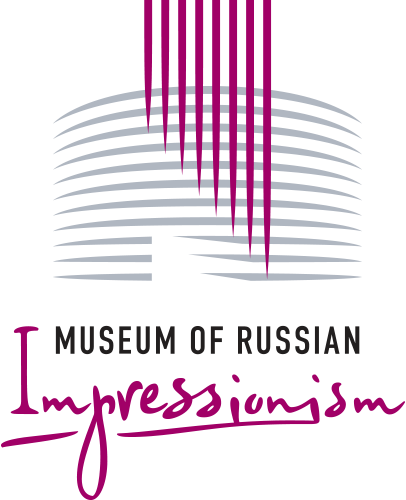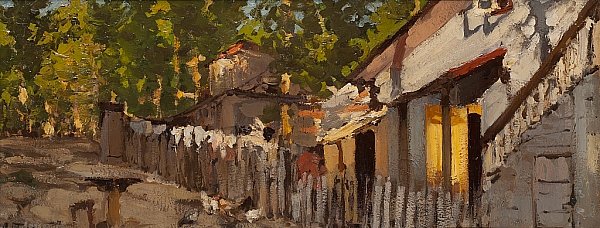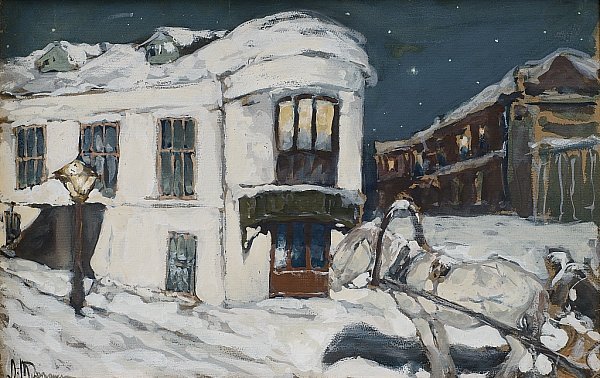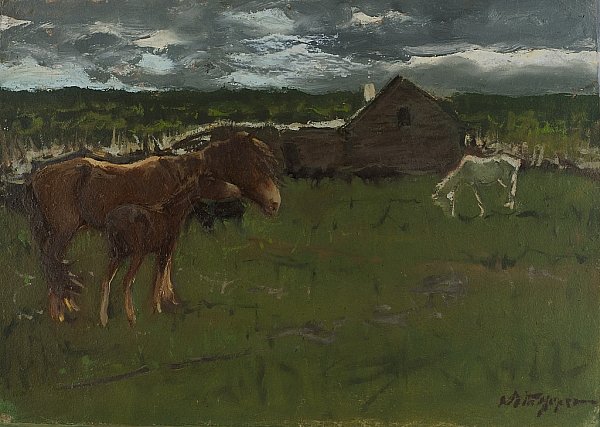Leonard Turzhansky
1875 - 31.03.1945
“He thinks and feels in colour,” art critics would say about Leonard Turzhansky. His paintings are full of saturated earth tones – red-brown, green-yellow and dark green; his abilities as a skilled colourist were developed by learning, both from his eminent teachers – Konstantin Korovin and Valentin Serov – and from nature in his native Urals region. The son of a district physician, Leonard Turzhansky became interested in painting at an early age, and first left Yekaterinburg to study at the Central School of Technical Drawing in St Petersburg. After his first year there he moved to Moscow, and entered the well-known School of Painting, Sculpture and Architecture. Very soon he stopped imitating his famous tutors and set about finding his own style. As a student Turzhansky produced a series of paintings based on his travels to the Russian North, and it was immediately apparent that he had found his theme. The best of landscapes from the series were acquired by the Tretyakov Gallery. There was nothing particularly beautiful about the village of Maly Istok near Yekaterinburg, where Turzhansky owned a house, and yet it was the source of all his most loved themes. A talented animal painter, he populated his canvases with farmyard animals - chickens, calves and goats - but his favourites were horses, and every animal had its own character in his works. These laconic, unaffected works by the Urals artist continue the best traditions of the Russian school of painting, enriching it at the same time with new techniques. Turzhansky successfully participated in exhibitions held by the “Peredvizhniki” (Wanderers) group and was a member of the Union of Russian Artists. His paintings appeared in the pre-revolutionary press and some of them were even produced as postcards.






